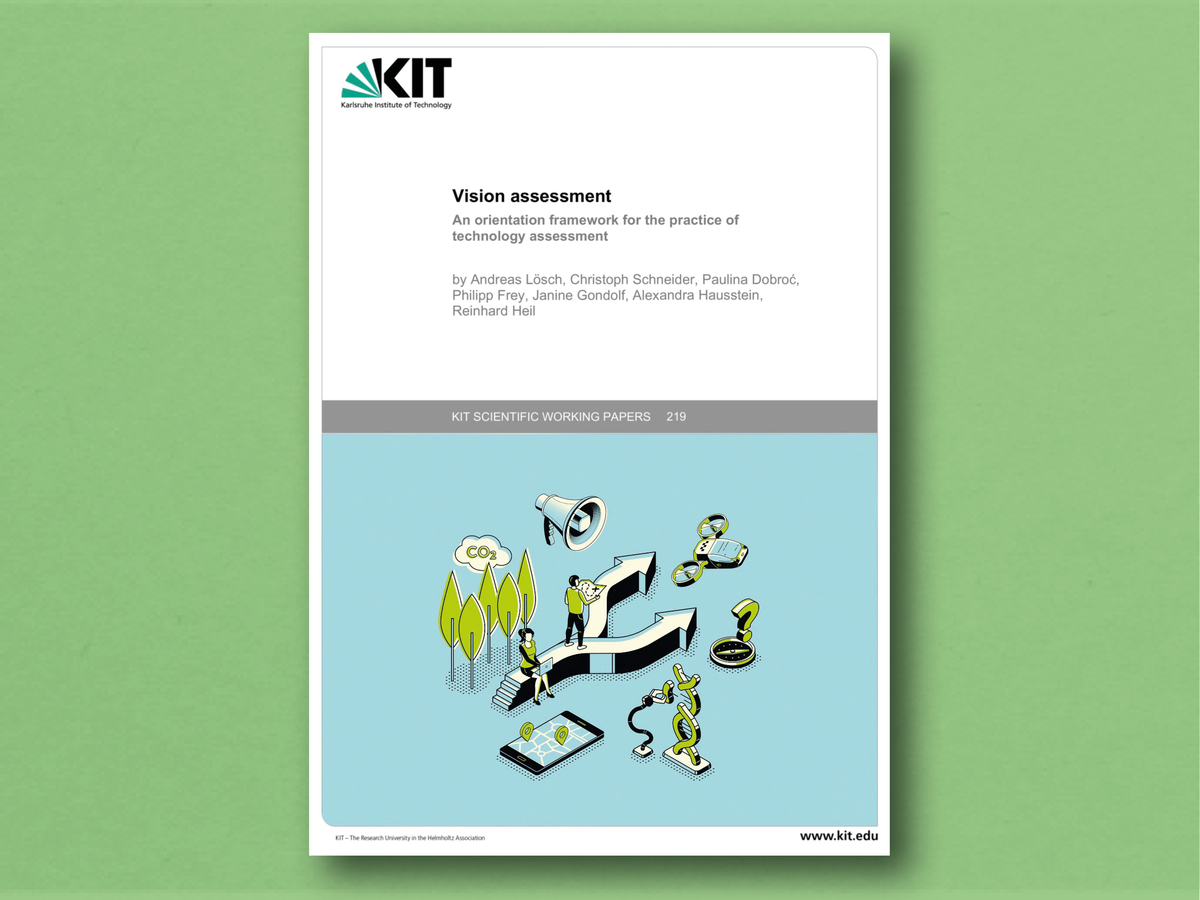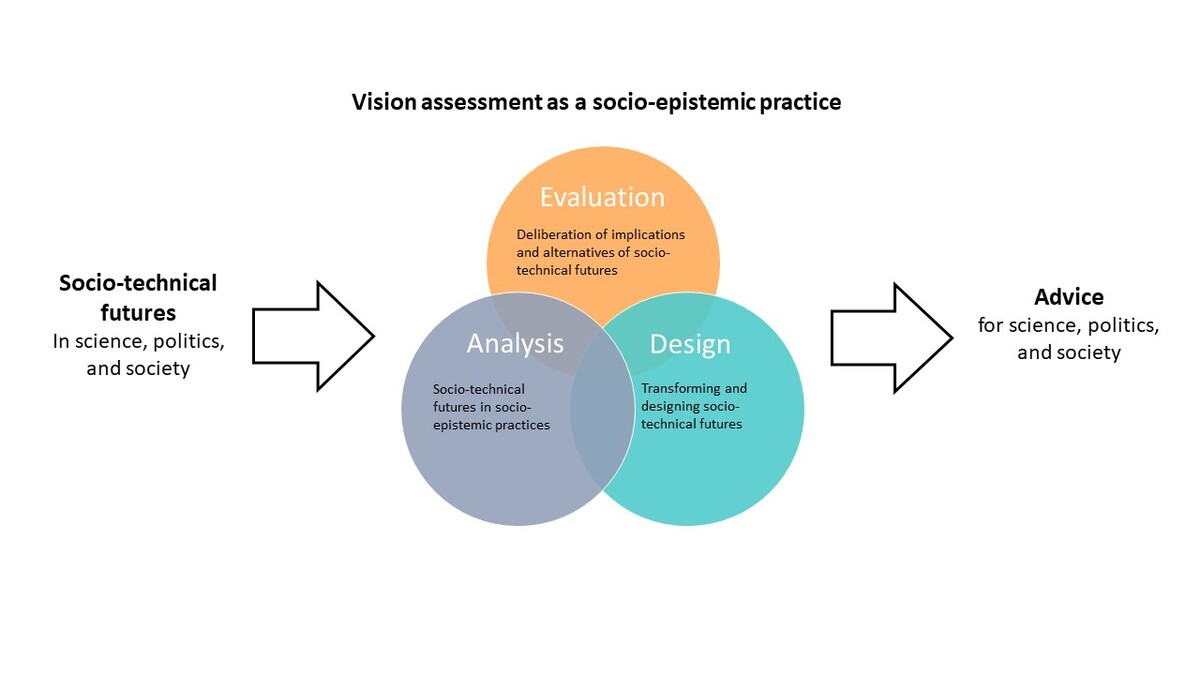“Vision Assessment” in practice
Possible futures of 3D printing, of digital working environments, of smart grids in the energy system, or of in vitro meat and nanotechnology – ITAS has already explored the significance and impact of technology visions for science, technology development, and social transformations in numerous fields.
Parallel to the research on concrete topics, the scientists have laid the theoretical and methodological foundations for “vision assessment.” On this basis, it is possible to analyze, evaluate, and ultimately help shape the influence of visions of the future in communication and decision-making processes.
Orientation for practical studies
“In recent years, we have repeatedly received inquiries as to how one could practically conduct a vision assessment study oneself – without having to be a specialist in the methodology of vision assessment,” says Andreas Lösch, head of the ITAS research group “Socio-Technical Futures and Policies.” To meet this demand, the present practical guide for vision assessment was created. According to Lösch, the aim is to provide interested researchers in the field of technology assessment and beyond with practical orientation for conducting their own vision assessment studies.
The guide has been published as a working paper in German and English by KIT Open in May 2023 and is available open access. (19.06.2023)
Further information:



